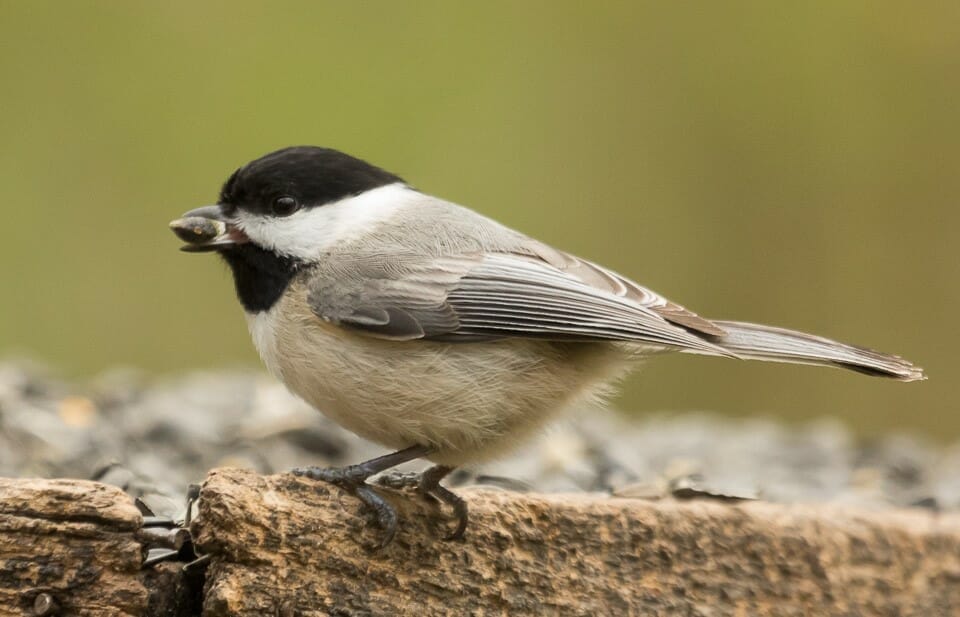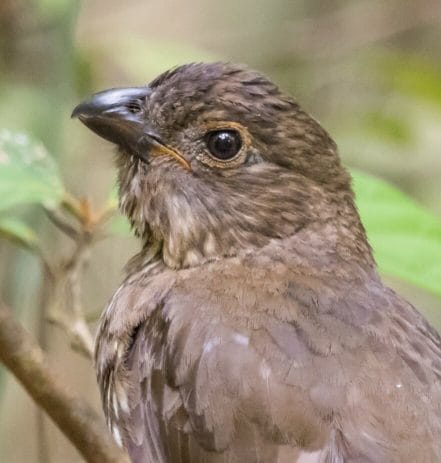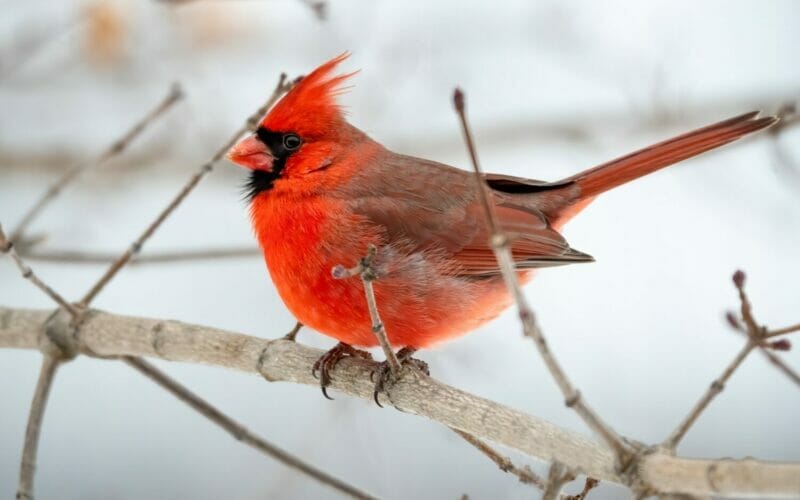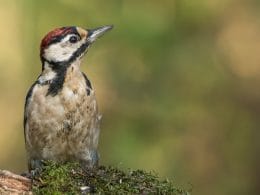Birds are kind of weird creatures, aren’t they? When you stop and think about the anatomy of birds and compare them to use or another mammal, that freaky factor does ring a little loud, doesn’t it?
Not only do they have feathers instead of fur or scales, their wings are effectively just an arm with one finger (seriously, look up a bird skeleton), and their beaks are straight up out of a nightmare scenario! What other animal can you think of that has a beak?
(Well, a few, actually, but that’s beside the point!)
It’s that beak that I’m particularly interested in today, as one of the things that all birds have in common. While some might fly and others don’t some might be tiny, while others huge, one thing that they all have in common is that they all have a beak. And, crucially, none of them seem to have any teeth.
Why is this, exactly? Are there some birds that do have teeth or something like them? If they don’t, why? How do they manage without them?
Well, this is what we’re going to answer here!

Do any birds have teeth?
Before we get into the nitty-gritty of things, we should probably definitively answer the question at the top of this article: Do any bird species have teeth?
Well, the simple answer is no, they don’t. There are no known bird species (that we know of, at least) that we know of that have teeth.
The closest that some species come to having teeth is having beaks that have ridges along the outside, giving them a rough texture, but still no teeth.
Perhaps it’s for the best, anyway. Geese are already angry and terrifying enough as is. Can you imagine how bad they’d be if they DID have teeth!?
The stuff of nightmare indeed.
How birds digest food: when teeth won’t do
So, it’s pretty definitive, then: No modern birds have no teeth. However, that then begs another question.
See, when it comes to mammals, reptiles, and many fish species with teeth, teeth play a pretty important part in the digestive process, where they make food easier to digest, either by ripping it into smaller chunks or mashing it into a mush or paste.
If birds can’t do this, how exactly do they digest food without choking on it?
Bird gizzards & digestion
Unlike many other animals in nature, birds have a special extra adaption for digesting food. Alongside their normal stomach organ, birds have something that is known as a gizzard.
This particular organ is what birds have in place of teeth that other animals use, as the gizzard contracts and stretches to grind food up in the stomach, breaking down the food as powerful enzymes further break it up, and allowing it to be more digestible.
Aiding in digestion
This contracting muscle is something that birds will often try and help out. Some bird species such as ostriches and emus will actually ingest small sharp rocks that they find, which will often be used to help grind against the food to break it up. This is called a rangle.
This is why many species of bird can just swallow their food whole. Just look at cormorants and pelicans who just swallow fish in one go. Some birds, like the kingfisher below, will bash hard shelled food against a surface to mash them up. But, on the whole, birds rely on a superb digestive system to process food for them.

Ancient birds & their toothy ancestors
What’s perhaps the weirdest wrinkle in this whole toothy situation is that while all modern birds do not have teeth, this isn’t the case for their ancestors. If you go far enough back in the evolutionary tree of birds, virtually all of them and their ancestors have teeth.
It is a pretty well-known fact at this point that birds are direct descendants of dinosaurs. Yes, those dinosaurs like T. rex and Velociraptor. Specifically, smaller, meat-eating (or theropod) dinosaurs.
The earliest animal that can be identified as a bird or bird-like animal, Archaeopteryx, is an almost perfect midpoint between the two animal groups. Many of the direct bird ancestors and birds of the later dinosaur period still sport teeth, interestingly enough, from seabirds to forest-dwelling species.
Why don’t modern birds have teeth?
So, if this is the case, why don’t any modern birds survive with teeth? Well, the answer is the same for why there aren’t any dinosaurs around today. They went extinct at the same time as their dinosaur ancestors, leaving only the toothless bird species behind to populate and dominate the world.
And given that their modern ridge-like adaptations are doing a fine job, there seems to be no evolutionary need to re-evolve those teeth back.
What about bird species that have ‘toothed’ in their name?
So, if no modern birds have actual teeth, why are some birds given names like the ‘tooth-billed bowerbird’? You can see from the photo below, the bill doesn’t look particularly different from other birds’ bills.

Well, like with the ridge we’ve mentioned, this is usually due to an adaptation that they have developed to cope without having actual teeth. In the tooth-billed bowerbird’s case, it is a ridge-like structure that holds their food in place, like the claws on a cat, for example.
Are beaks better than teeth?
With all the information that we have covered here so far, it seems like birds get along pretty well, even without teeth. This has even led to some experts speculating on whether a beak is better evolutionary speaking than a mouth full of teeth.
There are certainly some points in favor of having no teeth. Teeth can become infected when they are damaged or broken, which can be the difference between life and death for many animals. Plus, not having teeth also allows them to hatch quicker. When they are incubating in their eggs, teeth can be a pretty big drain on available energy.
And the longer a bird spends in an egg, the more likely that they are left defenseless to other animals like rats and other birds eating them. They’re in a rush to get out!

What other animals have no teeth?
Having no teeth is quite common amongst vertebra animals. Ant eaters, given their specific diet, don’t need teeth to chew their food.
Platypuses, weird as they are, also have a beak with no teeth in them (they just keep getting weirder and weirder…), alongside turtles and tortoises too.
Final Thoughts
So, as I’ve shown, not only do birds not have teeth: They don’t need them in the first place!
FAQ
Hatchlings have to get out of the egg by themselves and they have an ‘egg tooth’ to do it. Their bill is partly developed and has a sharp, thick point on it (perhaps resembling an egg) and it uses this to break through the egg shell. The egg tooth will dry out and actually fall off within 24 hours of the chick hatching.
It was actually a dinosaur called Archeopteryx Allithograveka which lived 150 million years ago.
The bill is a bone extending from the skull of the bird. It is covered in keratin, the same material as our hair and nails are made of.










